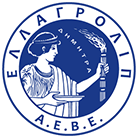- +359 2 996 3853
- +359 2 996 3853
- office@hellagrolip.bg
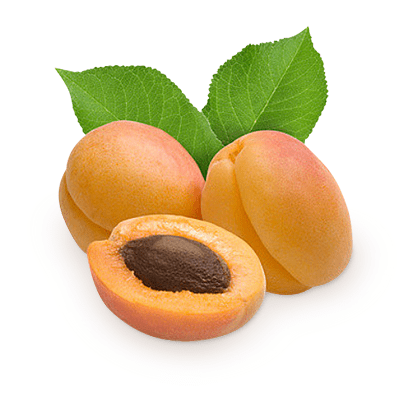
The apricot tree grows and produces good yields in light, deep, moderately fertile soils, with good drainage and low salinity.
Heavy soils retain water and are poorly ventilated, thus suffocating the root system and proving unsuitable for cultivating apricot trees. In soils rich in organic matter, vegetative growth is noted to antagonize fruit growth, there is delayed ripeness, and the storability of the fruits post-harvest is reduced.
Regarding the chemical characteristics of the soil, apricot trees favor neutral soils with a pH of 7 – 7,5 and an adequate supply of Calcium. Acidic soils are unsuitable for cultivating apricot trees, and they have a negative effect on their productivity.
The goal of fertilization is to replace the fertilization units which are removed during harvest and pruning, as well as to cover the needs of the crop for sprouting, flowering, and fruit setting. The annual requirements of a tree in nutrients depend on its age, its variety, the intended yields, and the soil and climate conditions of each area..
| Годишна потребност от хранителни компоненти в кг/ хектар | |||||
|---|---|---|---|---|---|
| Азот (N) |
Фосфор
(P2O5) |
Калий
(K2O) |
Калций
(CaO) |
Magnesium
(MgO) |
|
| 140 – 180 | 70 – 120 | 120 – 180 | 170 – 220 | 30 – 50 | |

During the winter months, apricot trees – as all deciduous trees – are dormant. During this time, the trees have no nutritional requirements, while the flower buds accumulate the hours of cold required and they become fully grown. In February, before bud flushing, there is significant growth and activity in the root system, which culminates in April and is accompanied by the absorption of significant amounts of water and nutrients.
A good supply with the required nutrients since early winter is key for the trees to be able to flower and have a fast vegetative and fruit growth.
When it comes to trace elements, Boron (Β) and Zinc (Ζn) contribute to bud flushing, flower formation, and increases flowering and fruit setting.

In February, as the root system becomes activated and water and nutrients are absorbed, the substances which had been stored in the roots, the trunk, and the branches during the previous growing season are mobilized and migrate to the buds, in order to cover the increased requirements of flowering and fruit setting.
At first the flower buds are enlarged, and in early May they open. Then the new leaves emerge and the elongation of the shoots begins, with flowering concluding in mid-March, with the onset of the formation of the fruits.
Nutrient adequacy at this stage has a determining effect on the development of fruit setting and the annual production.
When it comes to trace elements, Boron (Β) increases pollen germination and increases fruit setting, while Zinc (Ζn) and Iron (Fe) are necessary in order to cover the needs of sprouting.

After the process of flowering has completed around mid-March, the leaves fully develop and reach their final size, while the first growing cycle begins with the vivacious elongation of the shoots. The fruit start to grow in late march, and at the same time there is increased activity in the root system in order to cover the requirements of sprouting and fruiting.
From this time until mid-April is a period when mainly the enlargement of the seeds and the cores of the fruits takes place. In mid-April, the pit hardens, the growth rate of the fruits slows down, and the first wave of shedding is observed.
At this stage the trees have high requirements in nutrients and water. Their requirements in Nitrogen (N) are very high, and its absorption rate by the trees is maximized.
Phosphorus (Ρ), Boron (B), and Calcium (Ca) are required for fruit setting, the growth of young fruits, and the formation of the pit. The requirements in Potassium (Κ) progressively increase after flowering and escalate as vegetation and fruits grow.
Magnesium (Mg), Iron (Fe), and Zinc (Zn) increase the photosynthetic activity of the leaves, improve the supply of the fruits, and reduce shedding.

From the second half of April until early May, the size and weight of the fruits increases at a fast rate, and they reach 90% of their final size. Fruit ripeness follows, starting with the color changing and culminating near the end of May, when the fruits have acquired their organoleptic characteristics.
At this stage, the requirements of the trees in Nitrogen are lower (it negatively affects the quality and storability of the fruit) and their requirements in Potassium are increased, as it migrates from the leaves to the fruits and takes part in the production of storage substances for the following year.
Limited supply of Nitrogen combined with an adequate amount of Potassium increase the size, weight, color, and sugars of the fruits. Calcium improves their storability, and together with Boron they reduce tearing during ripening. Phosphorus is highly absorbable at this stage, increasing the weight, color, and binding power of the fruits, and significantly contributing to the differentiation of the flower buds for the production of the following year.

After the harvest, the shoots keep growing until early July, while the differentiation of the flower buds that will fruit the following year takes place at the same time. The nutrients formed migrate from the leaves to the trunk and roots in the form of carbohydrates and amino-acids. These substances are crucial to the onset of sprouting and flowering the following spring.
Irrigation, along with the supply of certain amount of Nitrogen, is a key process after the harvest for the growth of vegetation, differentiation of the buds, the smooth transition of the trees to the phase of dormancy, and robust growth and healthy fruiting the following year.
Basing fertilization takes place towards the end of winter, before the activation of the root system, in order for nutrients to be integrated in the soil with winter rainfalls. The goal is to promptly cover the increased needs of the trees after flowering, and even later on, during shoot and fruit growth.
В този стадий се осигурява следното:
As nutrient uptake by the root system is slow during this time, the Nitrogen in basic fertilization should always be used in an Ammoniacal or stabilized form, so that leaching is avoided and Nitrogen is available to the trees during flowering and fruit growth.
The use of stabilized fertilizers (NutrActive) is recommended, because they protect Nitrogen and cover the needs of trees for a long period, as is the use of complex multi-nutrient fertilizers with nanopolymer technology (Ωmega fert), which prevent the immobilization of nutrients in the soil and keep them active and assimilated by the trees for a long time, fully meeting the requirements of vegetation, flowering and fruit development.
| Apricot fertilizing | ||
|---|---|---|
| Тип на тора | Стадии на торене | Dosage per tree |
NutrActive special 12-12-17 (+30) +2MgO +TE | Основно торене (януари – февруари) | 2 – 4 kg |
* Цитираните дози са ориентировъчни. Относно торенето на културите, необходимо е да се вземат под внимание съветите на местните агрономи.
Top fertilization covers the high nutritional requirements of the trees in order to increase the size and weight of their fruits as well as boost their qualitative characteristics (color, sugars).
It takes place from late March to mid-April, during the initial phase of fruit growth, and after the leaves have fully flushed and the first shoot growth – taking place in March – has been slowed down, so that excessive vegetation at the expense of fruit size is not triggered.
В този стадий се осигурява следното:
The use of compound Nitrogenous-Potassic fertilizers (Complefert) is recommended, as they provide all the nutrients in a ratio fully adapted to the requirements of the trees, and they improve the quantitative and qualitative characteristics of the production.
In the summer, an amount of Nitrogen (1/6 of the full amount) is supplied along with irrigation, preferably in an ammoniac or stabilized form, in order to boost the differentiation of the flower buds and promote the production of storage substances, which will ensure robust growth and healthy fruiting the following year. At this stage, the supply of water-soluble Phosphorus together with Nitrogen has been shown to produce positive results regarding the differentiation of the flower buds and the start of the next growing season.
| Apricot fertilizing | ||
|---|---|---|
| Тип на тора | Стадии на торене | Dosage per tree |
Complefert blue-star 12-12-17 (+30) +2MgO +TE | Top-dressing (Mars – April) | 1 – 2 kg |
NutrActive 27N 27-0-0 (+27) | Summer (July) | 0,2 – 0,5 kg |
* Цитираните дози са ориентировъчни. Относно торенето на културите, необходимо е да се вземат под внимание съветите на местните агрономи.
 Jan. – Feb |
 Mar.-Apr. |
 Jun.-Jul. |
|
|---|---|---|---|
| Apricot | NutrActive. Ωmega fert. Complefert. Organofert |
Complefert. Fertammon. |
NutrActive. Fertammon. U-Flex |
Basic fertilizers
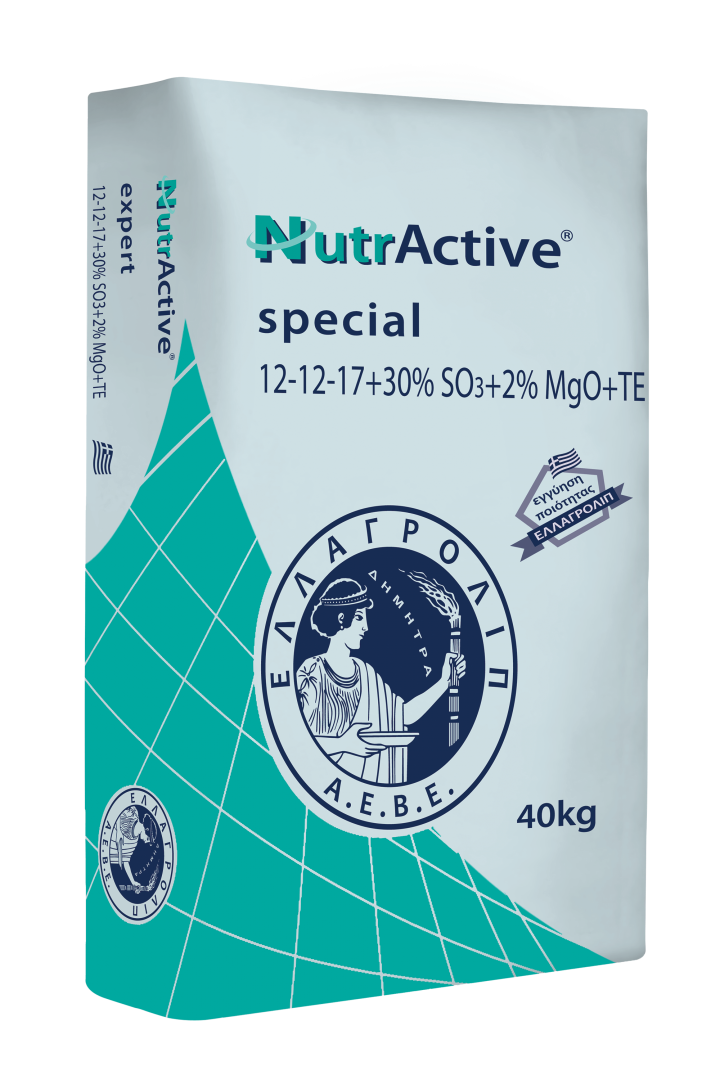
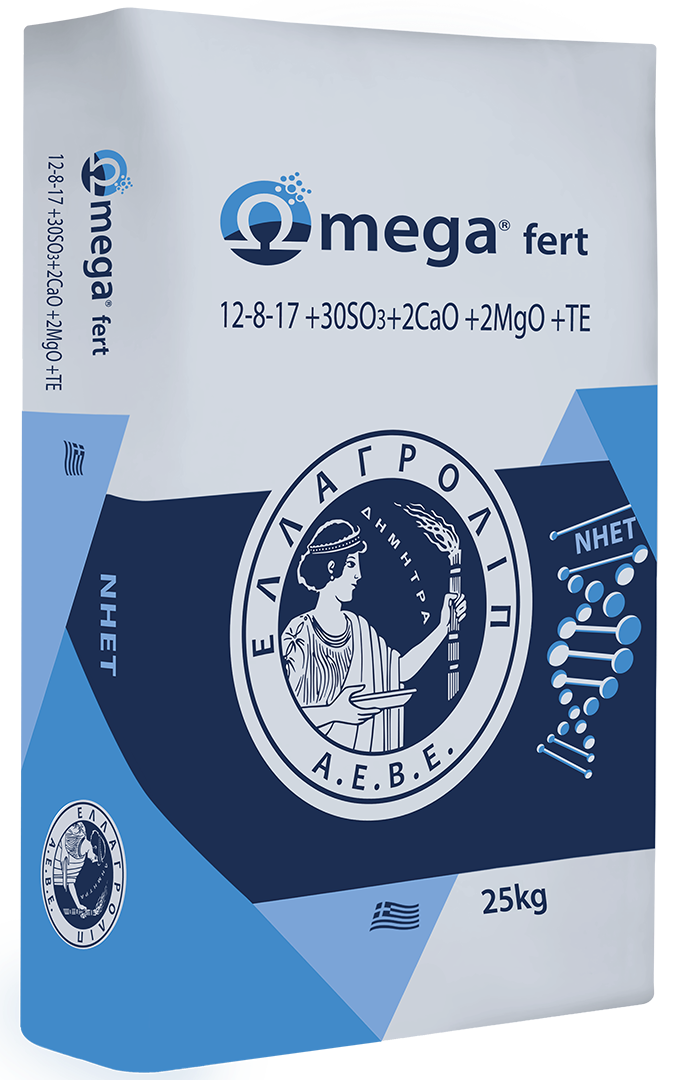
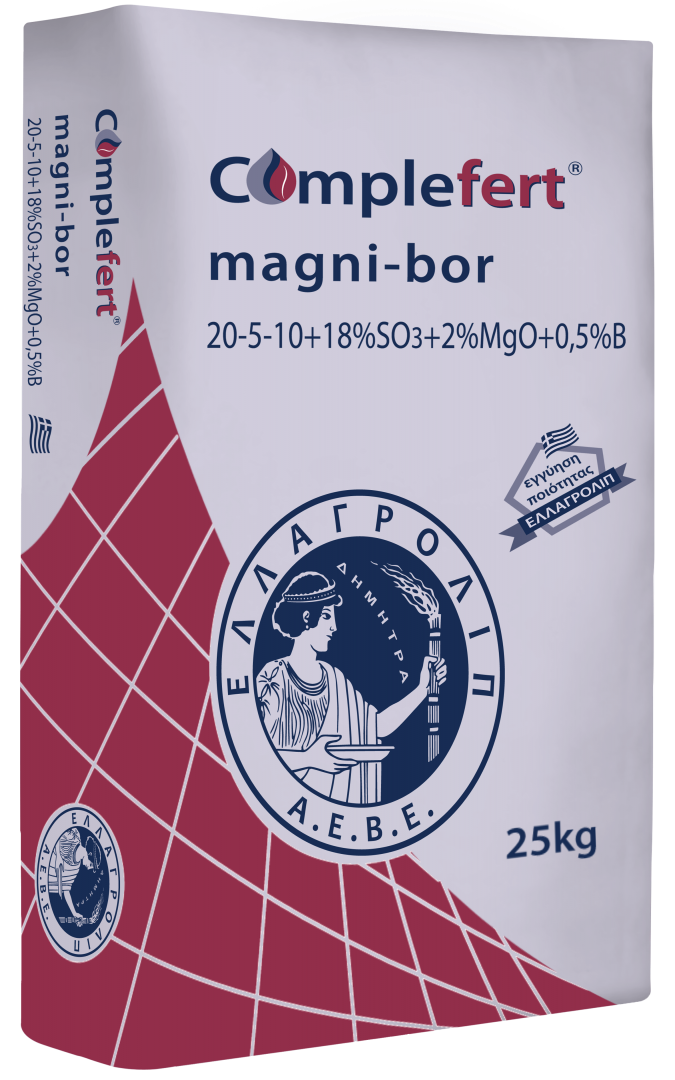
Азотни торове за повърхностно торене
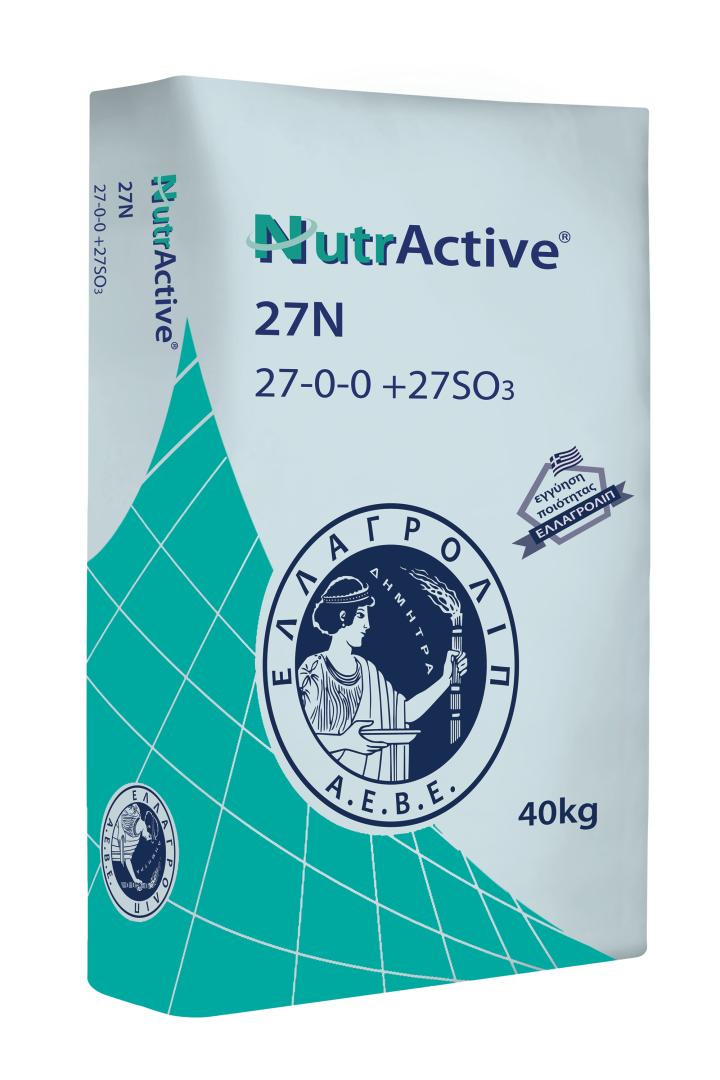
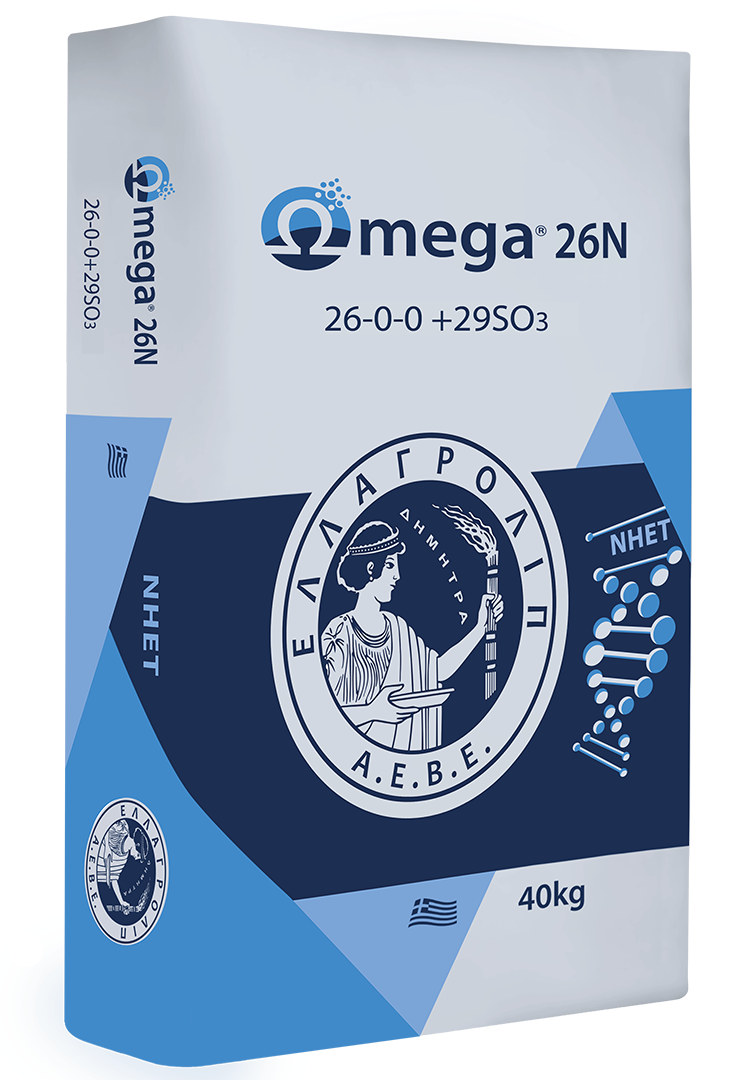
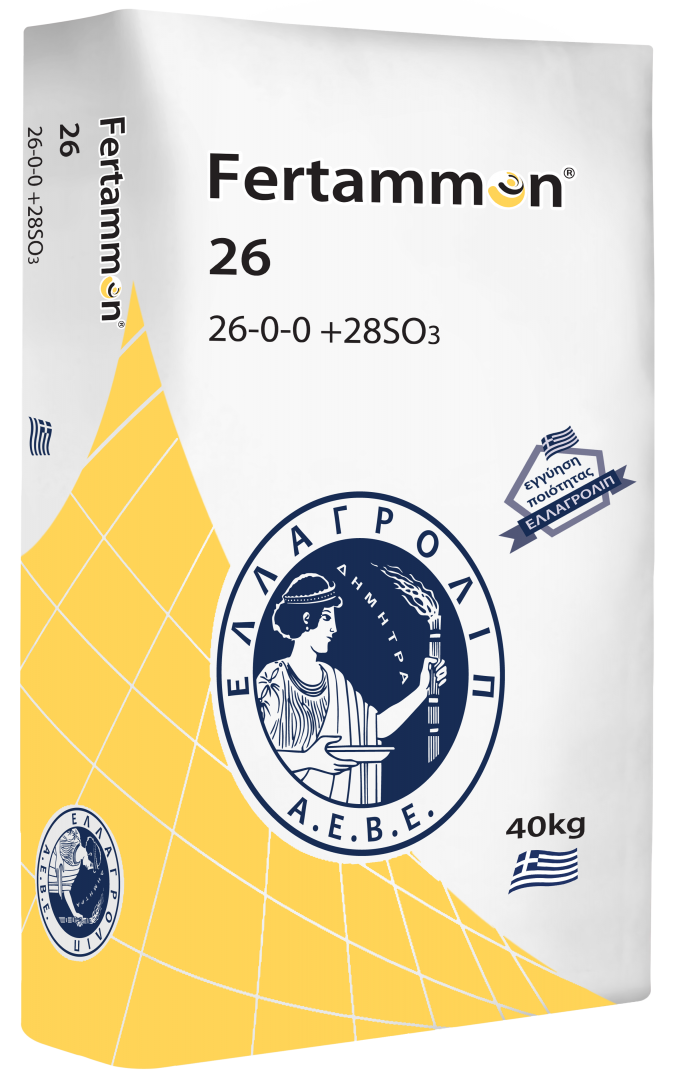
The apricot tree grows and produces good yields in light, deep, moderately fertile soils, with good drainage and low salinity.
Heavy soils retain water and are poorly ventilated, thus suffocating the root system and proving unsuitable for cultivating apricot trees. In soils rich in organic matter, vegetative growth is noted to antagonize fruit growth, there is delayed ripeness, and the storability of the fruits post-harvest is reduced.
Regarding the chemical characteristics of the soil, apricot trees favor neutral soils with a pH of 7 – 7,5 and an adequate supply of Calcium. Acidic soils are unsuitable for cultivating apricot trees, and they have a negative effect on their productivity.
The goal of fertilization is to replace the fertilization units which are removed during harvest and pruning, as well as to cover the needs of the crop for sprouting, flowering, and fruit setting. The annual requirements of a tree in nutrients depend on its age, its variety, the intended yields, and the soil and climate conditions of each area..
| Годишна потребност от хранителни компоненти в кг/ хектар | |||||
|---|---|---|---|---|---|
| Азот (N) |
Фосфор
(P2O5) |
Калий
(K2O) |
Калций
(CaO) |
Magnesium
(MgO) |
|
| 140 – 180 | 70 – 120 | 120 – 180 | 170 – 220 | 30 – 50 | |

During the winter months, apricot trees – as all deciduous trees – are dormant. During this time, the trees have no nutritional requirements, while the flower buds accumulate the hours of cold required and they become fully grown. In February, before bud flushing, there is significant growth and activity in the root system, which culminates in April and is accompanied by the absorption of significant amounts of water and nutrients.
A good supply with the required nutrients since early winter is key for the trees to be able to flower and have a fast vegetative and fruit growth.
When it comes to trace elements, Boron (Β) and Zinc (Ζn) contribute to bud flushing, flower formation, and increases flowering and fruit setting.

In February, as the root system becomes activated and water and nutrients are absorbed, the substances which had been stored in the roots, the trunk, and the branches during the previous growing season are mobilized and migrate to the buds, in order to cover the increased requirements of flowering and fruit setting.
At first the flower buds are enlarged, and in early May they open. Then the new leaves emerge and the elongation of the shoots begins, with flowering concluding in mid-March, with the onset of the formation of the fruits.
Nutrient adequacy at this stage has a determining effect on the development of fruit setting and the annual production.
When it comes to trace elements, Boron (Β) increases pollen germination and increases fruit setting, while Zinc (Ζn) and Iron (Fe) are necessary in order to cover the needs of sprouting.

After the process of flowering has completed around mid-March, the leaves fully develop and reach their final size, while the first growing cycle begins with the vivacious elongation of the shoots. The fruit start to grow in late march, and at the same time there is increased activity in the root system in order to cover the requirements of sprouting and fruiting.
From this time until mid-April is a period when mainly the enlargement of the seeds and the cores of the fruits takes place. In mid-April, the pit hardens, the growth rate of the fruits slows down, and the first wave of shedding is observed.
At this stage the trees have high requirements in nutrients and water. Their requirements in Nitrogen (N) are very high, and its absorption rate by the trees is maximized.
Phosphorus (Ρ), Boron (B), and Calcium (Ca) are required for fruit setting, the growth of young fruits, and the formation of the pit. The requirements in Potassium (Κ) progressively increase after flowering and escalate as vegetation and fruits grow.
Magnesium (Mg), Iron (Fe), and Zinc (Zn) increase the photosynthetic activity of the leaves, improve the supply of the fruits, and reduce shedding.

From the second half of April until early May, the size and weight of the fruits increases at a fast rate, and they reach 90% of their final size. Fruit ripeness follows, starting with the color changing and culminating near the end of May, when the fruits have acquired their organoleptic characteristics.
At this stage, the requirements of the trees in Nitrogen are lower (it negatively affects the quality and storability of the fruit) and their requirements in Potassium are increased, as it migrates from the leaves to the fruits and takes part in the production of storage substances for the following year.
Limited supply of Nitrogen combined with an adequate amount of Potassium increase the size, weight, color, and sugars of the fruits. Calcium improves their storability, and together with Boron they reduce tearing during ripening. Phosphorus is highly absorbable at this stage, increasing the weight, color, and binding power of the fruits, and significantly contributing to the differentiation of the flower buds for the production of the following year.

After the harvest, the shoots keep growing until early July, while the differentiation of the flower buds that will fruit the following year takes place at the same time. The nutrients formed migrate from the leaves to the trunk and roots in the form of carbohydrates and amino-acids. These substances are crucial to the onset of sprouting and flowering the following spring.
Irrigation, along with the supply of certain amount of Nitrogen, is a key process after the harvest for the growth of vegetation, differentiation of the buds, the smooth transition of the trees to the phase of dormancy, and robust growth and healthy fruiting the following year.
Basing fertilization takes place towards the end of winter, before the activation of the root system, in order for nutrients to be integrated in the soil with winter rainfalls. The goal is to promptly cover the increased needs of the trees after flowering, and even later on, during shoot and fruit growth.
В този стадий се осигурява следното:
As nutrient uptake by the root system is slow during this time, the Nitrogen in basic fertilization should always be used in an Ammoniacal or stabilized form, so that leaching is avoided and Nitrogen is available to the trees during flowering and fruit growth.
The use of stabilized fertilizers (NutrActive) is recommended, because they protect Nitrogen and cover the needs of trees for a long period, as is the use of complex multi-nutrient fertilizers with nanopolymer technology (Ωmega fert), which prevent the immobilization of nutrients in the soil and keep them active and assimilated by the trees for a long time, fully meeting the requirements of vegetation, flowering and fruit development.
| Apricot fertilizing | ||
|---|---|---|
| Тип на тора | Стадии на торене | Dosage per tree |
NutrActive special 12-12-17 (+30) +2MgO +TE | Основно торене (януари – февруари) | 2 – 4 kg |
* Цитираните дози са ориентировъчни. Относно торенето на културите, необходимо е да се вземат под внимание съветите на местните агрономи.
Top fertilization covers the high nutritional requirements of the trees in order to increase the size and weight of their fruits as well as boost their qualitative characteristics (color, sugars).
It takes place from late March to mid-April, during the initial phase of fruit growth, and after the leaves have fully flushed and the first shoot growth – taking place in March – has been slowed down, so that excessive vegetation at the expense of fruit size is not triggered.
В този стадий се осигурява следното:
The use of compound Nitrogenous-Potassic fertilizers (Complefert) is recommended, as they provide all the nutrients in a ratio fully adapted to the requirements of the trees, and they improve the quantitative and qualitative characteristics of the production.
In the summer, an amount of Nitrogen (1/6 of the full amount) is supplied along with irrigation, preferably in an ammoniac or stabilized form, in order to boost the differentiation of the flower buds and promote the production of storage substances, which will ensure robust growth and healthy fruiting the following year. At this stage, the supply of water-soluble Phosphorus together with Nitrogen has been shown to produce positive results regarding the differentiation of the flower buds and the start of the next growing season.
| Apricot fertilizing | ||
|---|---|---|
| Тип на тора | Стадии на торене | Dosage per tree |
Complefert blue-star 12-12-17 (+30) +2MgO +TE | Top-dressing (Mars – April) | 1 – 2 kg |
NutrActive 27N 27-0-0 (+27) | Summer (July) | 0,2 – 0,5 kg |
* Цитираните дози са ориентировъчни. Относно торенето на културите, необходимо е да се вземат под внимание съветите на местните агрономи.
 Jan. – Feb |
 Mar.-Apr. |
 Jun.-Jul. |
|
|---|---|---|---|
| Apricot | NutrActive. Ωmega fert. Complefert. Organofert |
Complefert. Fertammon. |
NutrActive. Fertammon. U-Flex |
Basic fertilizers



Азотни торове за повърхностно торене



